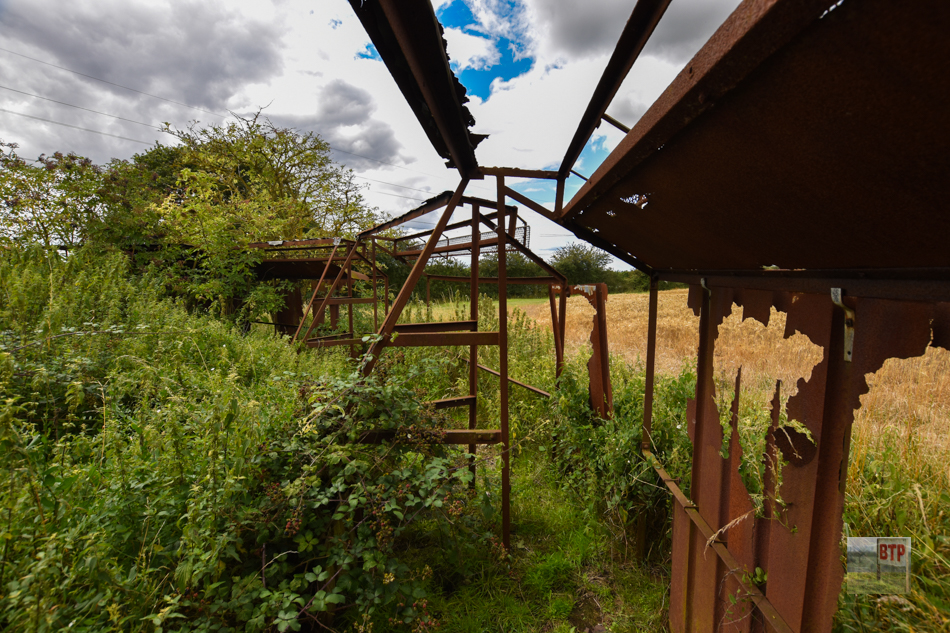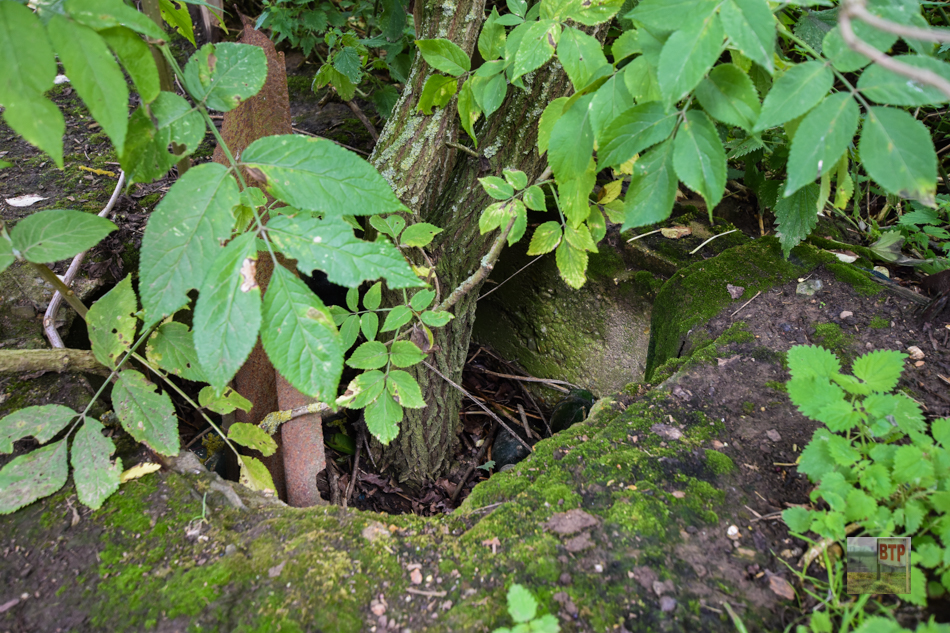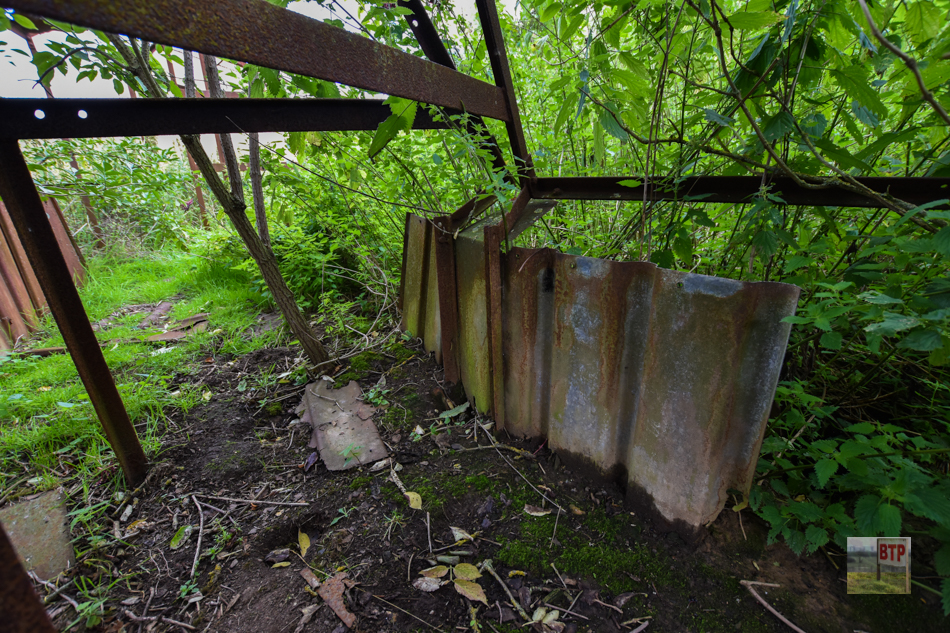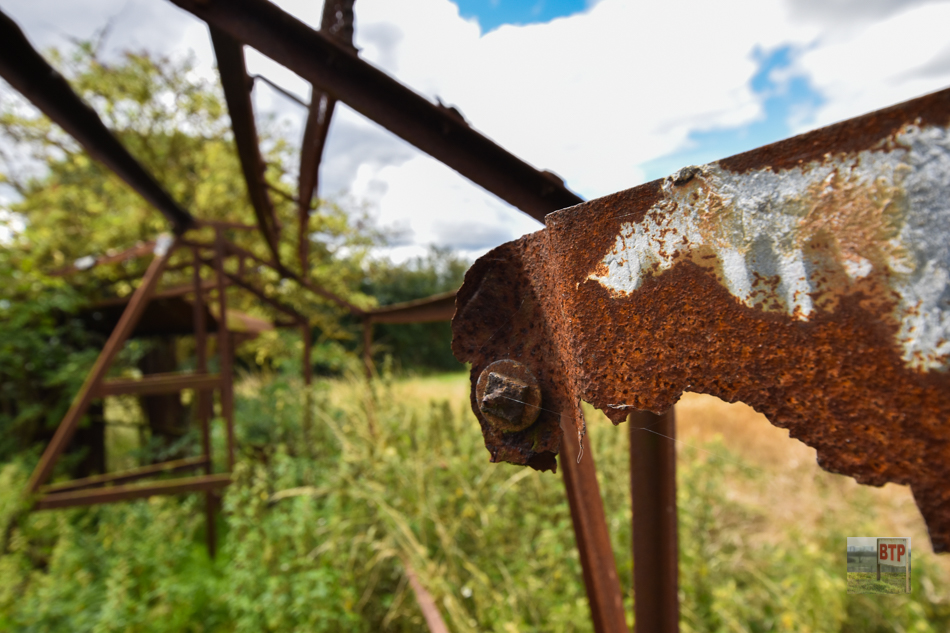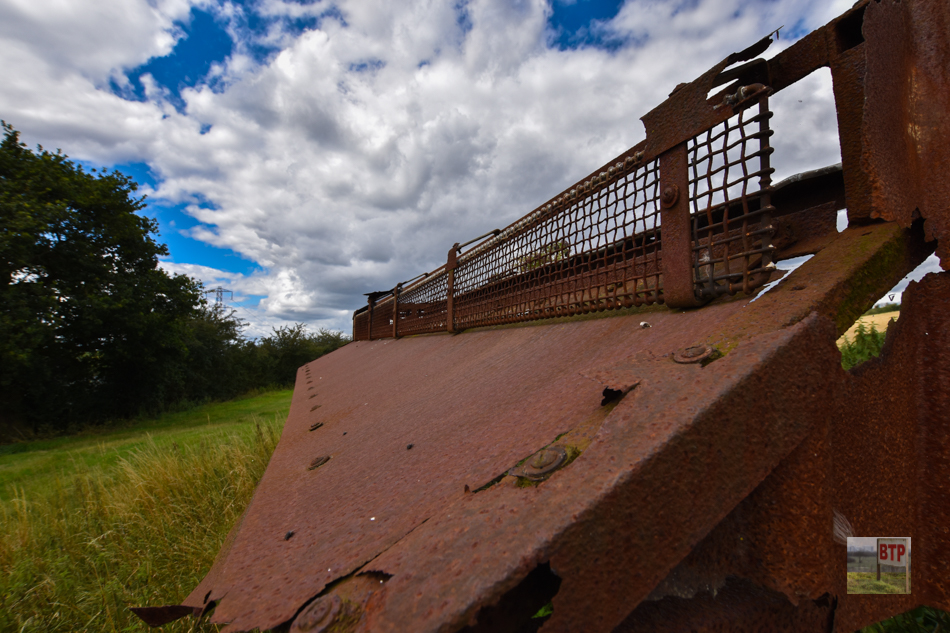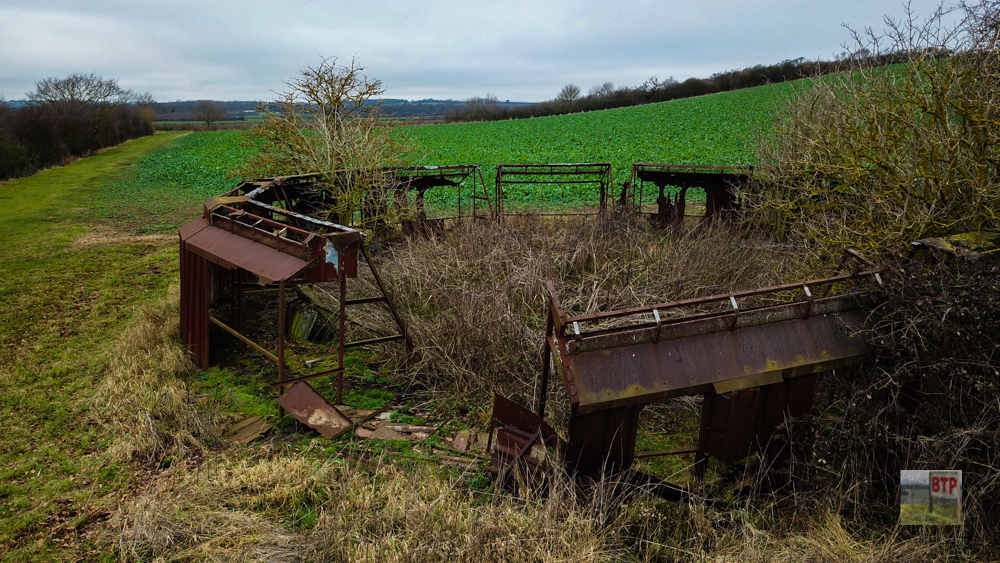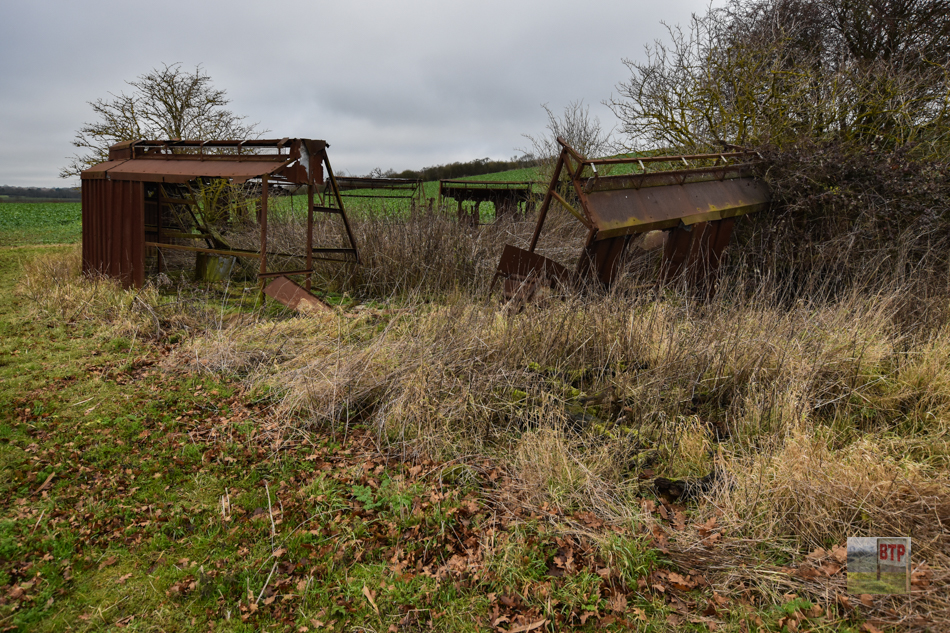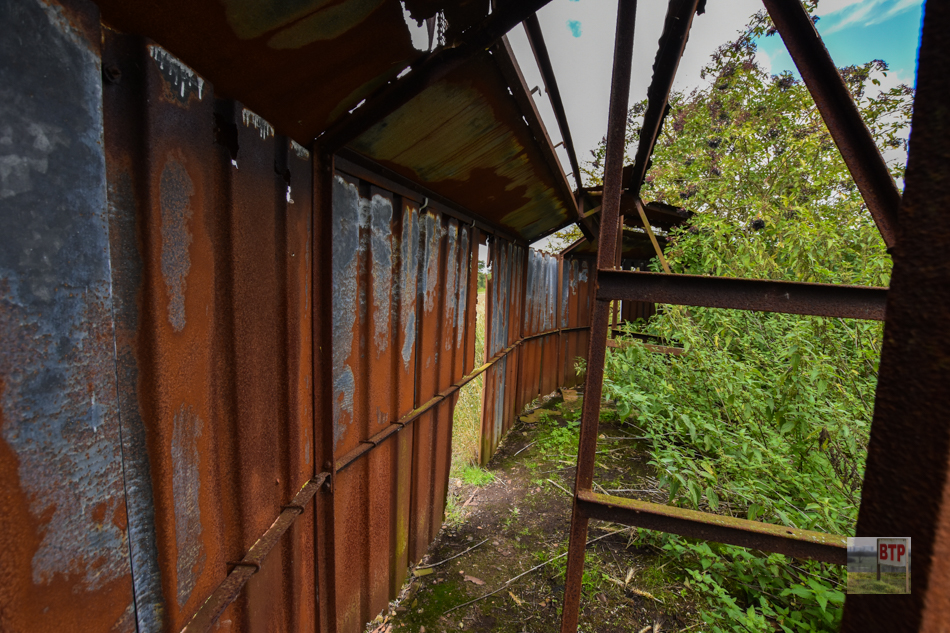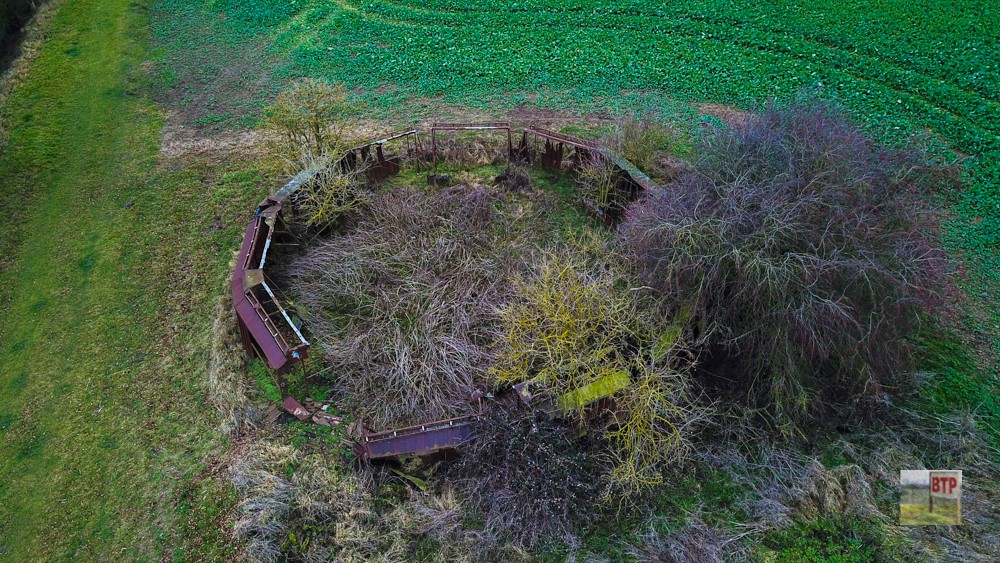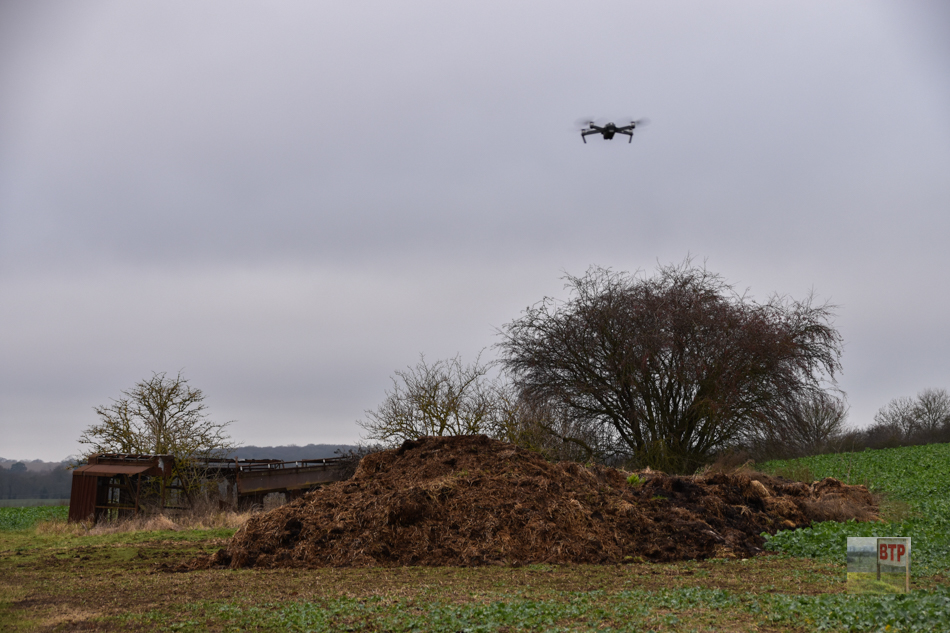Before the Second World War, an experiment was carried out to test the effectiveness of searchlights, or floodlights, of a special mirror variety possibly used to concentrate more light. These prototypes were designed to be able to spot and dazzle German aircraft flying across British land, by lighting up the night’s sky. Each installation would have consisted of a circular metal enclosure with a huge light, and possibly mirrors, in the middle. Even today, so little is known about this ‘secret’ experiment. It’s thought that up to 50 were built in Essex alone, a prime spot for defending the capital, although this is the only one that we know remains today. Most of them were demolished as it’s thought that clouds foiled the lighting up the skies, as the light would have reflected down onto the countryside to expose the land even more so. According to SEAX, this site just north of Fambridge would of had 12 mirrors, with the light looking directing up from the centre. Do comment on the article below if you have any further information.
Searchlights were widely used from the early 1900’s, primarily by the military. Torpedo boats could dazzle ships before attacking them and the lights even assisted when aircraft came into land. In the First World War, search lights were used to spot German Zeplins heading to England, although they were more prominent in Second World War, when the devices were assisted by sound mirrors and radar. They were very common in London, the fear of cloud reflection didn’t matter when the city was easy to spot. During the Battle of the Atlantic, they were used at night to spot German U-Boats which came to the surface at night. Today they are used for non-military purposes for festivals and advertising and infamously in the 20th Century Fox intro.
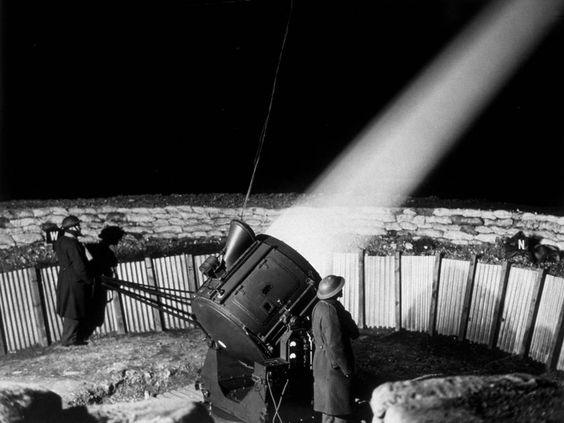
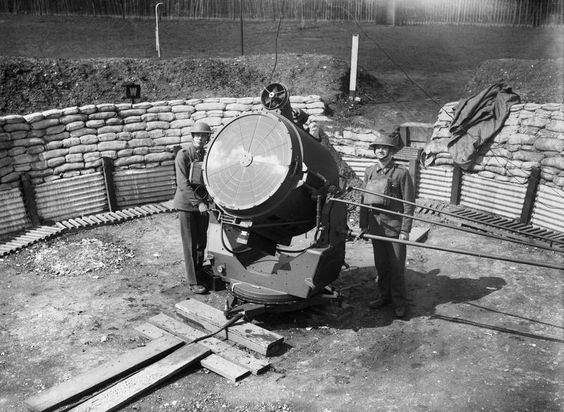
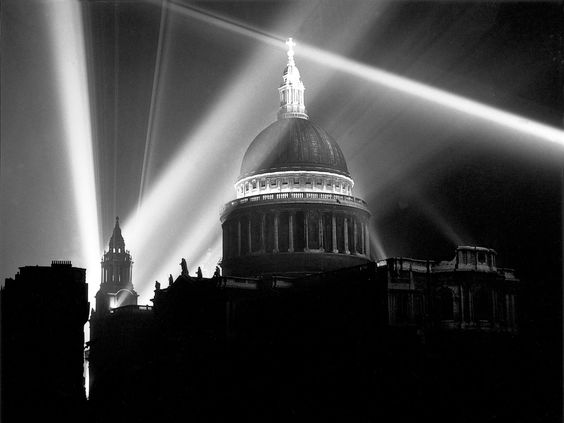
Sources: Wikipedia and SEAX. Old photos from the IWM, Independant and Collective History on Tumblr.

